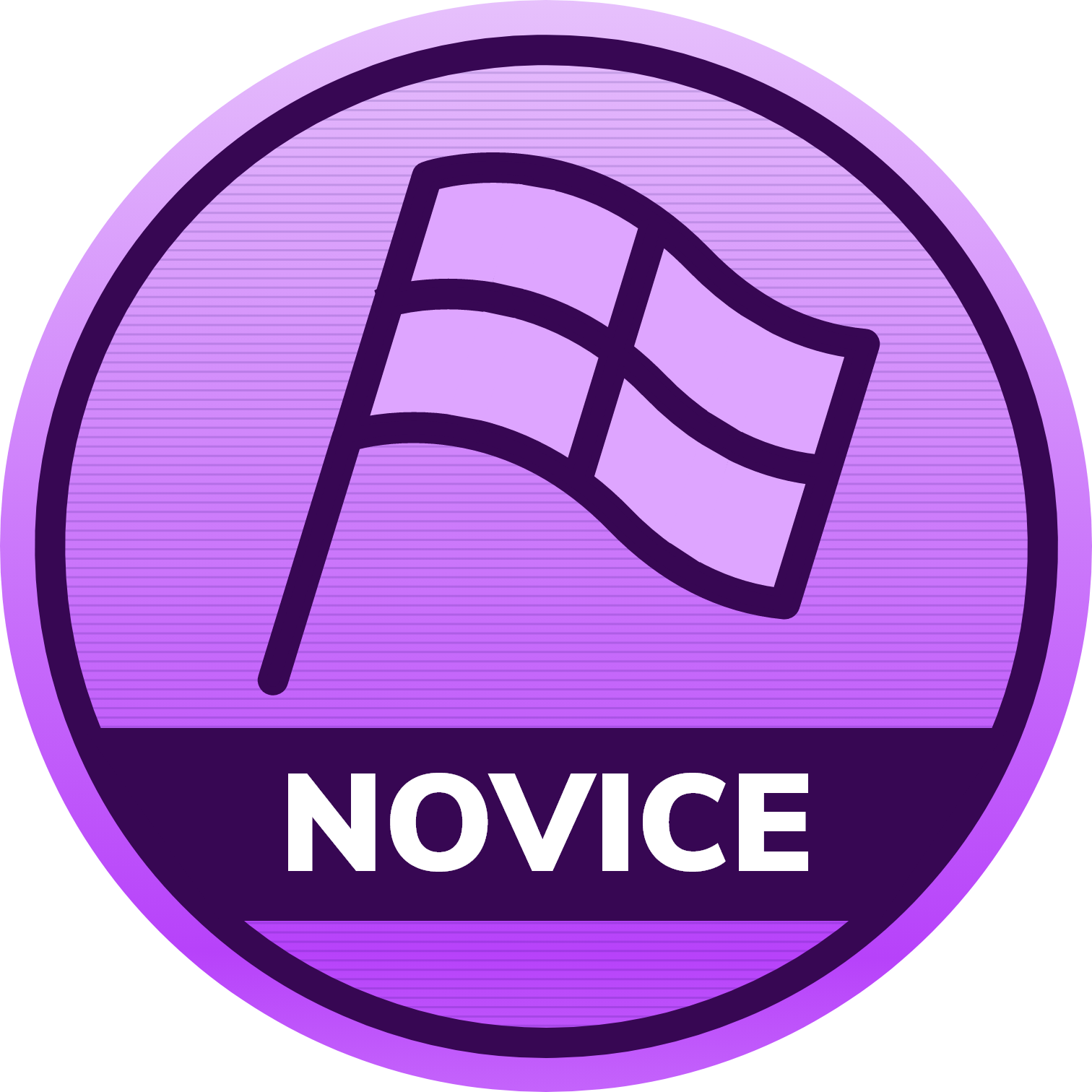Precisely. Hexnode’s documentation on DAFS confirms this: it “functions as a local distribution server that allows devices to fetch apps and files over the local network instead of downloading them individually from the central Hexnode server. This significantly reduces internet bandwidth consumption and improves deployment speed”.
So rather than every laptop or phone in an office hitting the cloud to get the latest app, they all grab it from the nearby distribution server. The Windows-policy guide similarly notes that a DAFS means “instead of each device individually connecting to Hexnode’s server to download apps or updates, DAFS enables a local server within the office network to handle distribution. By the way, DAFS means Distributed Apps and Files Server.
This method helps reduce internet usage and improves deployment speed.

 228 Views
228 Views


